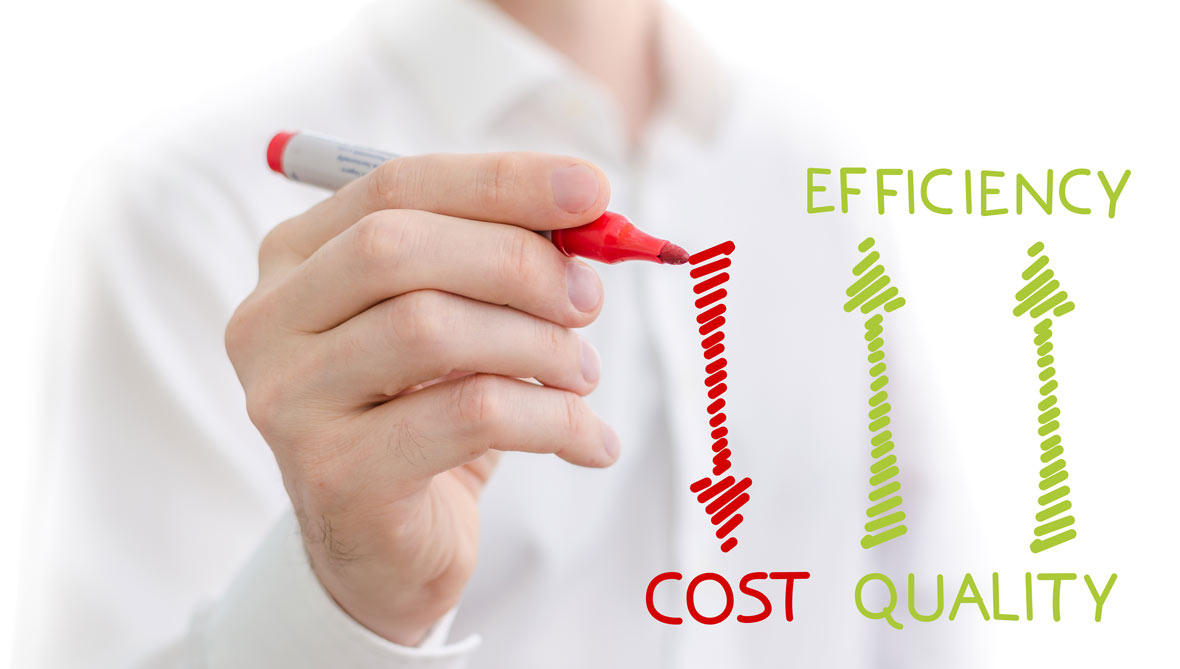
There are plenty of books, webinars and conferences on cost-effectiveness analysis. But the simplest is producing good results without costing a lot of money, which is also an important mission of enterprise security executives.
Here are the other 6 strategies when it comes to security video and IP surveillance. As stated before, this article is composed of two parts; Part I has been covered in the previous article, Part II will be as follows:
7. Access the advantages of Power over Ethernet.
Power over Ethernet delivers power over the same cabling that also supports Ethernet communications. Using PoE can help minimize cost and installation time by eliminating the need to provide traditional power at every device location. PoE Plus, a tech advance, will be even more cost effective by handling more devices at the edge.
8. Create an analog to IP/network migration plan in steps that match security needs and locations as well as budget.
Even with the jazzy talk of bigger and bigger networked megapixel cameras, many enterprise users of security video still have analog cameras, some with encoders and some with hybrid IP, as they move to a digital world. There is no silver bullet when transitioning to digital and megapixel. Every customer’s applications and environment are different.
9. Working with a dealer or integrator, pick a solution or an upgrade that is easier to install and maintain.
Time equals money, and when scaled up to enterprise-size projects, ease of installation can save hours or even days to complete an installation. And save the end user money. Delays caused by installation challenges can add up. So insisting upon products, systems and accessories that are simple to install and maintain is cost effective.
10. Concentrate on a security platform that scales up easily and blends diverse security systems within a single intuitive interface.
For the City of Lakeland Florida, one of the biggest persuaders to choose its new security platform was its innate open architecture, which allows the city to choose its preferred brands and models of hardware, while also leveraging existing investments to lower their total cost of ownership.
11. As prices come down for video analytics, look at this technology at the edge in IP cameras or in system software.
From a rough and limited start with simple motion detection years ago, video analytics has come a long way – with prices, depending on features, also coming down.
With video analytics, security is able to limit false alarms and make the video more searchable for events. The bottom line: Security receives more accurate notifications and finds the video they are looking for more quickly. There is value in event- and area-oriented analytics. There are object, behavior and license plate recognition analytics, too.
Increasingly, analytics can provide a way for enterprises to use video for more than just security. End users leverage video analytics in ways that enhance their operations and improve processes – positively impacting the company’s bottom line. Retail uses security video for marketing and merchandizing through analysis of demographics and traffic patterns, for example.
12. Embrace to some degree the Internet of Things.
What we have right now are new and old devices that once did not communicate that can now be accessed online and provide data. There is more technology at the edge coming online. Anything from a car to a Fitbit, to smartphones and smart refrigerators are all part of the IoT. But the bigger piece for security is there are more and more devices coming online to provide information. We also have a combination of elements like cloud technology and APIs that allow us to take these devices and make them into something that can look at that data.”
Security industry may actually be one of the first pioneers of the Internet of Things. So look forward to cost effectiveness built into IoT beyond simple IP addresses in security cameras.
In a thumbnail description, the Internet of Things is the network of physical objects or “things” embedded with electronics, software, sensors, and network connectivity, which enables these objects to collect and exchange data.
Source: Security Magazine